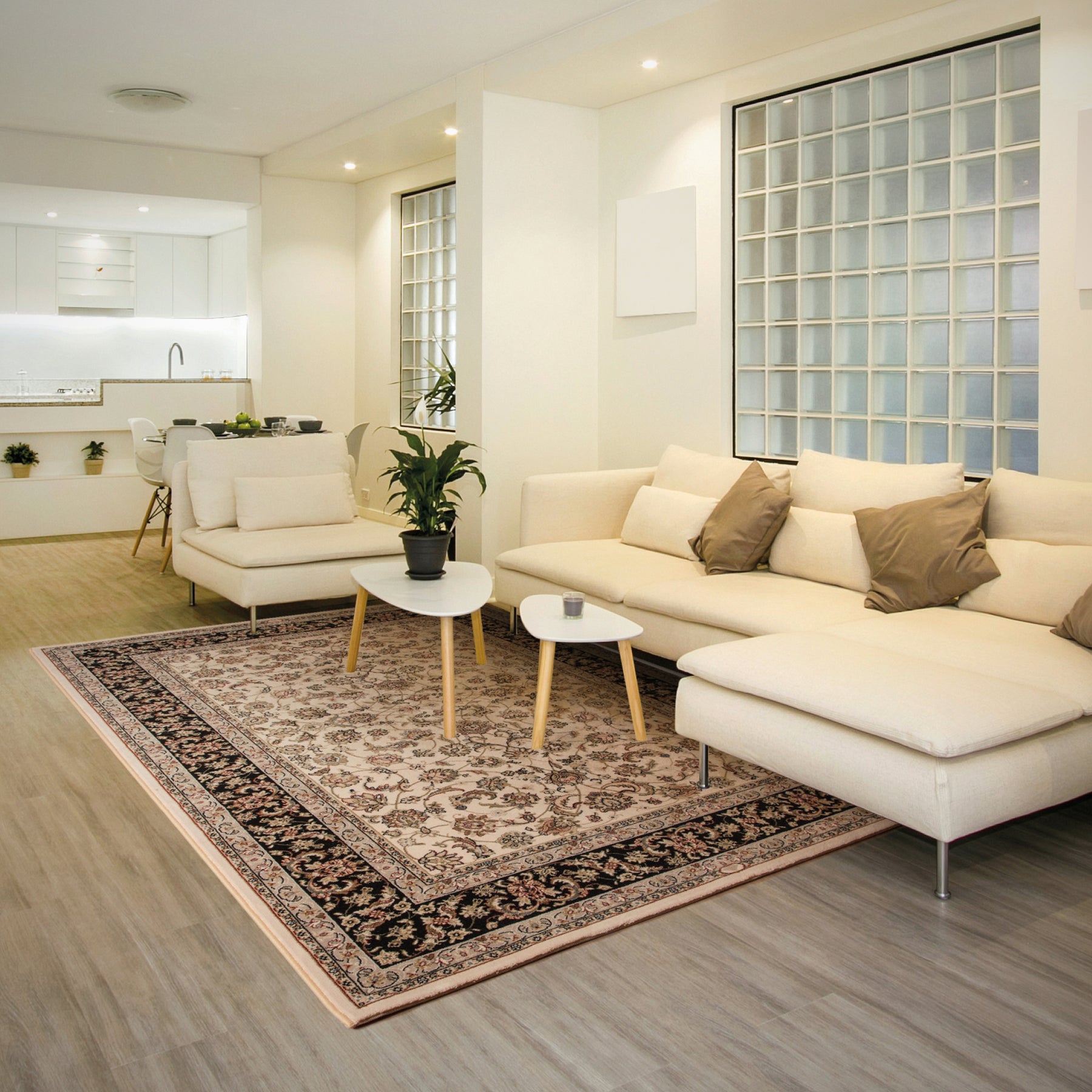When it comes to wool rugs, there is something for everyone: from hand-knotted Persian heirlooms to quirky hand-tufted children’s rugs, they come in all shapes, sizes, and colours. They add a touch of elegance and comfort to any living space. But are wool rugs worth the money?

We certainly think so!
Wool is the best choice for rugs.
Wool is durable, strong, and warm. It can be washed over and over again and still retain its natural beauty. Because of its great absorbency, it retains the beautiful colours of the dyes without washing out. It should be little wonder why the first rug weavers chose wool, and why after so many centuries and advancements in technology, wool is still their first choice.
Wool rugs age beautifully
-
Great Texture: Because wool fibres are naturally elastic and curly, their crimp allows them to “bounce” back no matter how many feet tread on them. The indentation made by anchored furniture is less of a problem for wool than it is for other materials.
-
Visual Appeal: Wool rugs dye brilliantly due to their absorbency, and these colours stay vibrant over the years. Even wool rugs produced centuries ago still carry magnificent hues.
-
Clean Appearance: Forgot to vacuum? Guests arrived too soon? Wool’s dirty little secret is that it can hide dirt in the microscopic pockets of its fibres, making it always look clean and inviting. Even if someone drops a glass of water, because wool is water resistant, the rug will still feel quite dry underfoot.
Wool is naturally eco-friendly.
-
High Sustainability: The wool coats of sheep grow continuously, and they must be shorn every six to twelve months. In other words, this is a very renewal resource. The shorn wool allows us make beautiful products, from slippers to pillows to rugs, and lets the sheep live comfortably and happily. No wonder wool has been used by weavers for thousands of years!

-
Naturally Energy-Efficient: Synthetic rugs are petroleum derivatives that require elaborate manufacturing process. Not so with wool, which requires only the warm sun, water and vast green pastures for the sheep. It also reduces heat loss/rise through the flooring.

-
Animal-Friendly: Sheep have gorgeous wool coats that keep them warm in the winter months, however just like our own hair, a sheep’s wool grows continuously. The good health and comfort of the sheep depends on regular shearing. Some well-intentioned but misguided beliefs that shearing is torturous is far from the truth. In fact, a ram who had been roaming the Australian countryside for six years made worldwide headlines when he was found carrying his 35kg coat—and rescuers had to shear him immediately as a matter of survival. The domestication of sheep over the millennia has made it so that most sheep no longer have the genetic ability to shed naturally.
-
Biodegradable: If for whatever reason a wool rug is tossed out, even in a landfill the soft wool pile would easily decompose, not only leaving no harmful residues, but also releasing nutrients such as potassium into the air.

Wool rugs are naturally hypoallergenic:
-
They capture air-borne particles and release no impurities: Unlike synthetic materials that can release volatile organic compounds and other harmful emissions back into the air and trigger allergies, wool rugs bind air-borne particles which can then be vacuumed up easily.
-
They act as a natural air filter: With hardwood and other smooth flooring, the dust collects on the floor and is then recirculated into the air when someone walks in or opens the window, for instance. In the bad ol’ days, allergy-sufferers were told to get rid of all their rugs and carpeting as these would trap dust, pollen, mites, mildew, and other air-borne particles and exacerbate the situation, however new research has shown that precisely because they trap allergens, they improve the quality of the air in your home.
Wool is a natural flame-retardant.
You probably shouldn’t try this at home, but try lighting a synthetic rug on fire: it will burn—fast. Not so with wool, which is flame-resistant. This is so important to know when choosing a rug for the nursery!
Wool rugs are easy to clean.
Spilled a glass of red on your new wool rug? No problem: take a clean cloth, blot out the spill as much as possible getting it as dry as you can, then dilute some Woolite, let it sit on the rug, and most stains will come out. Harsh, chemical stain removal products are rarely necessary. Why? Each fibre of wool has overlapping, microscopic scales that make it difficult for any dirt to attach itself onto the fibres. Vacuuming wool is easy. In wet cleaning (just be careful to examine the scrim first), the fibres swell, easily releasing the particles of dirt.
Wool is accessible to all.
Wool doesn't carry the same price tag as silk or gold. While the price point obviously changes depending on construction, wool rugs are generally quite affordable and worth the small investment. Given its enduring beauty and longevity, wool rugs end up being quite cost-effective in the long run.
Did we miss one? Let us know in the comments below!






Leave a comment